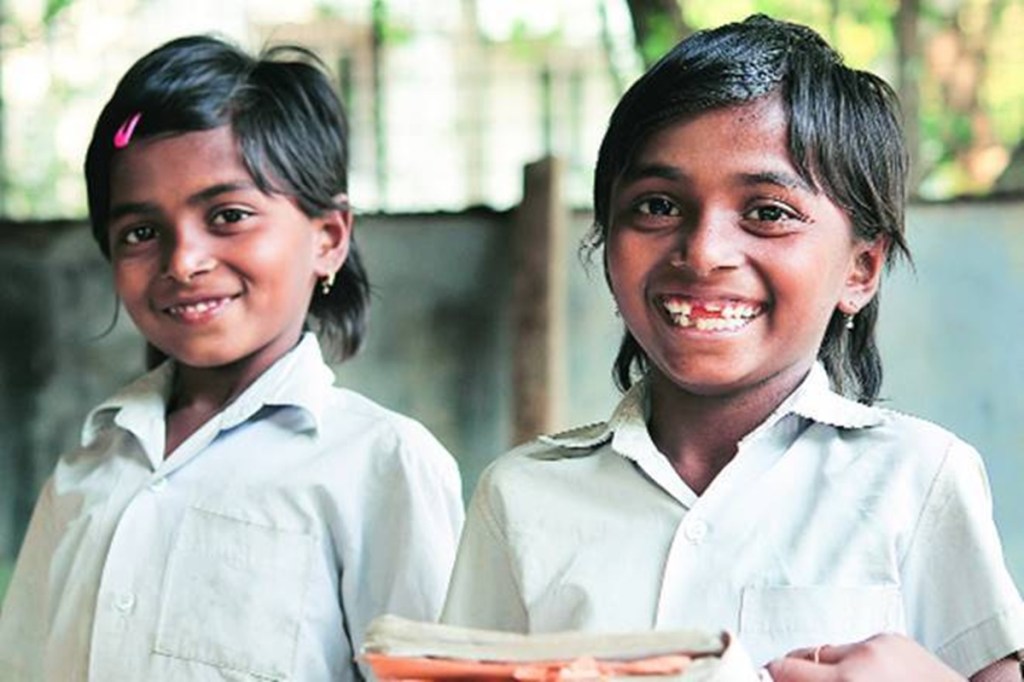The ministry of women and child development last week said that 422 out of the 640 districts covered under the Beti Bachao, Bati Padhao scheme had witnessed an improvement in sex ratio. The ministry highlighted that sex ratio had improved to 934 in 2019-20 as compared to 918 in 2014-15. A report in The Indian Express highlights the phenomenal increase in some districts; Mau in Uttar Pradesh saw the sex ratio rise 951 in 2019-20, from 694 in 2014-15. As there are multiple schemes, from both the states and the Centre, focusing on women empowerment, it is difficult to ascertain each scheme’s individual contribution, but any improvement in sex ratio is certainly laudable.
The government seems to be on the right track on ensuring gender parity. In the newly released draft science and technology policy, there is an increased focus on women’s participation in STEM. While the female gross enrollment ratio is increasing across categories, sadly this has not translated into a higher labour force participation. Unless more women enter the workforce and achieve economic independence, these incremental gains would not translate into substantial change. More important, there is a need to address social attitudes. The Covid-19 impact on the economy and households’ economic resilience seems to have exacerbated such issues. A report published by the Right To Education Forum shows that the digital divide is wider when it comes to girls. The study highlights that while 37% of boys could access devices for online education, only 26% of girls could access mobile phones. More important, a larger proportion of girls were involved in household work as compared to their male counterparts.

